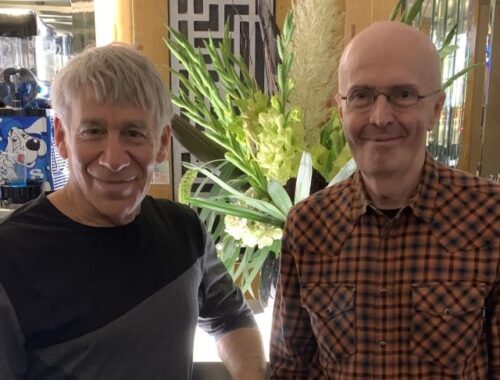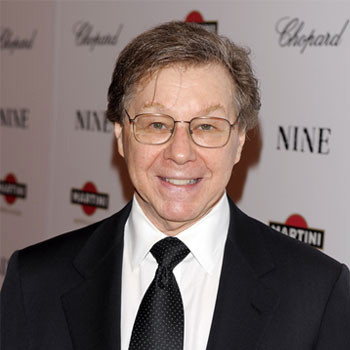London Philharmonic Orchestra/ Jurowski **** – Royal Festival Hall
Vladimir Jurowski had pointedly opted for an orchestra of modest proportions for this evening of Mendelssohn, Brahms, and Mahler, and the lay-out of the London Philharmonic Orchestra with woodwinds, brasses, and basses tiered at the centre of the sound made for a satisfying concentration of sombre Protestant colours in the introduction of Mendelssohn’s 5th Symphony (Reformation).
And once the “Dresden Amen” had sounded, soft and ethereal like an illuminated fragment of the old Catholic liturgy, the blustery winds of change fair bristled through the texture. That texture was characteristically well-heard by Jurowski, its urgency pointed up in the antiphonal exchanges of first and second violins and the rattle of period timpani. The awareness of a specific time and place for this music – on the cusp of a brave new romanticism – made it more not less startling and the euphonious organ-like wind textures paying homage to Bach’s chorale “Ein ‘feste Burg” felt and sounded so original.
So, too, an account of Brahms’ 3rd Symphony that was the antithesis of that over-thickened, string saturated, confection that many of us grew up with and which instead rejuvenated and reopened the textures to reveal Brahms’ harmonic revolution in all its glory. Jurowski visibly shaped and moulded the interaction between his ideally proportioned string and wind complements. There were spellbinding quietudes in the slow movement and that achingly beautiful passage in strings towards the close of the movement showed how phrasing and harmonic clarity as opposed to luxurious upholstering is at the heart of Brahms’ emotionalism. This was essentially an evening of chamber music playing.
And nowhere more painfully exacting than in Mahler’s Kindertotenlieder (Songs on the Death of Children) where stark and striking alliances – at one point just solo voice and oboe – were by turns beautiful and unforgiving. Sarah Connolly, the most inward-looking of singers, performed these disturbing songs as only a mother could – with unsettling awareness of their heartbreak. Her words are always vivid but here she leant into them as if compelled to confront thoughts too painful to utter – like the image of the empty spot by the door where the child once stood. It was a marvellously complete and moving performance. But Connolly really didn’t need the music; next time it should be left in the dressing room.
You May Also Like

STEPHEN SCHWARTZ: WICKED at 15
09/11/2021
A Conversation With MAURY YESTON
31/07/2013